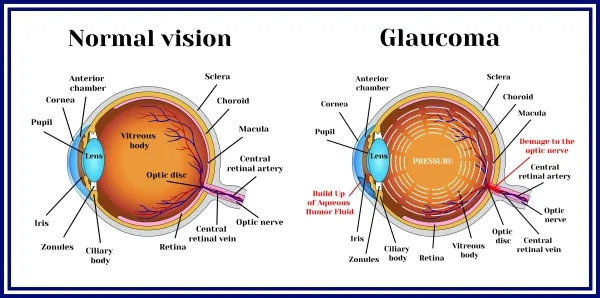Ophthalmology and Optometry Coding Alert
CPT® 2019:
Look for New ERG Codes Effective Jan. 1
Published on Fri Oct 19, 2018

You’ve reached your limit of free articles. Already a subscriber? Log in.
Not a subscriber? Subscribe today to continue reading this article. Plus, you’ll get:
- Simple explanations of current healthcare regulations and payer programs
- Real-world reporting scenarios solved by our expert coders
- Industry news, such as MAC and RAC activities, the OIG Work Plan, and CERT reports
- Instant access to every article ever published in Revenue Cycle Insider
- 6 annual AAPC-approved CEUs
- The latest updates for CPT®, ICD-10-CM, HCPCS Level II, NCCI edits, modifiers, compliance, technology, practice management, and more
Related Articles
Other Articles in this issue of
Ophthalmology and Optometry Coding Alert
- CPT® 2019:
Look for New ERG Codes Effective Jan. 1
Plus: Several Cat. III codes will debut for eye care practices. Feeling like your CPT® [...] - Modifiers:
3 Facts and 1 Myth About Modifier 24
Hint: Knowledge about the global surgical package is imperative. It happens from time to time: [...] - Privacy:
HIPAA Breaches Skyrocketed This Summer
Make sure you aren’t next. As summer ends and the season turns to fall, a [...] - You Be the Coder:
How Can You Report Sedation in the ASC?
Question: Our ophthalmologist performed a cataract discission with sedation. We’re reporting 66821 for the surgery, [...] - Reader Question:
No Signature? No Payment
Question: We submitted our records to our MAC following a payer request, and for one [...] - Reader Question:
Be Strategic – And Safe – When Entering Social Media
Question: We attended a presentation by a health care marketing organization who said we should [...] - Reader Question:
Thinking About Coding Based on Dx? Think Again
Question: Which code should we report for evaluation of diabetic retinopathy and glaucoma? We can’t [...]
View All




